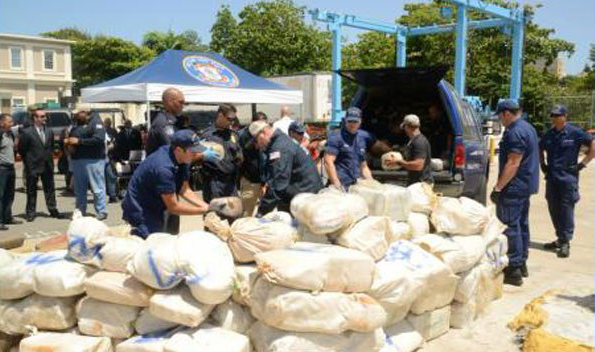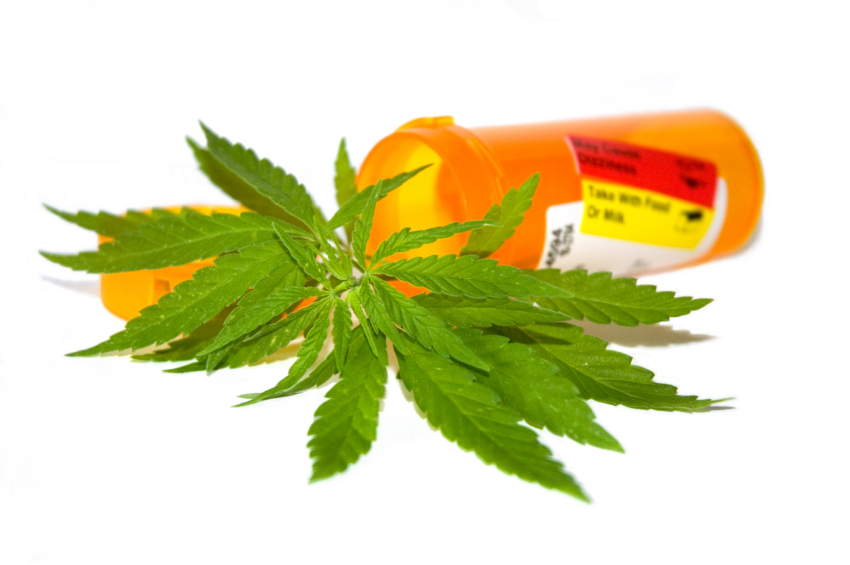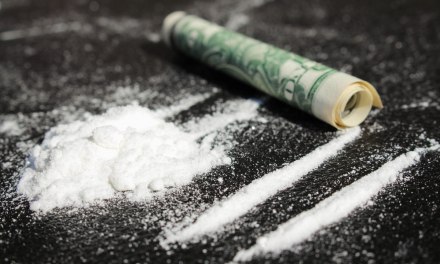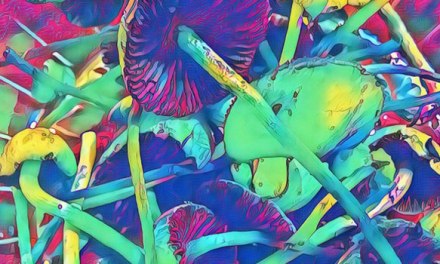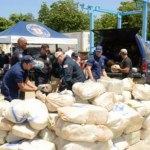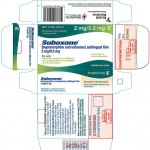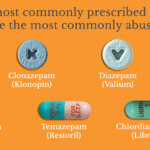“Golden Triangle” is a term coined by an American diplomat to describe a nexus of nations in Southeast Asia that were heavily involved in heroin trafficking during the Vietnam war. At the time, he was referring to Thailand, Laos, and Myanmar.
Years later, the term has been reapplied to areas of Mexico that are involved in trafficking drugs to the United States. For a long time, that was Durango, Sinaloa, and Chihuahua. Sinaloa is still involved, but the others have been replaced by Baja California and Sonora.
And gun trafficking has become integral to the drug business. Here’s the story:
New ‘golden triangle’ of fentanyl and guns spans US-Mexico border
Ready access to a number of seaports– all three territories now have coastlines on the Pacific– helps to explain the move, as fentanyl’s chemical precursors have to be shipped to Mexico from China.
Afterwards, an estimated 50% of the final product is sent into the US through entry ports in Arizona– not over, around, or under the Wall, but through a checkpoint. It’s ridiculously simple to transport fentanyl secretly, as powder or pills concealed in legitimate cargo or in ordinary passenger vehicles.
The Guardian acknowledges that drug trafficking and gun trafficking are now inextricably linked. Cartels make fentanyl and send it north for sale. Money from those sales is used to purchase guns to arm the gang’s “soldiers” back in Mexico.
It’s the proverbial vicious circle. That makes it difficult to point fingers. Both Mexico and the US are subject to criticism for their respective roles in trafficking. Both governments respond by blaming the other.
The two nations do claim success in intercepting drug shipments. I’m sure that’s true, but its impact on the street may be less than hoped. As the article concludes, the usual signs of a shortage on the street corners — not enough supply to meet the demand, or a significant increase in price — are nowhere to be seen.
Business, in other words, proceeds as usual.

